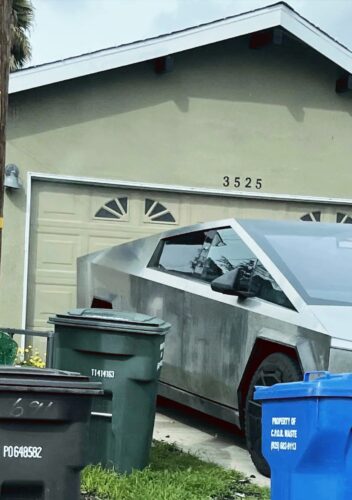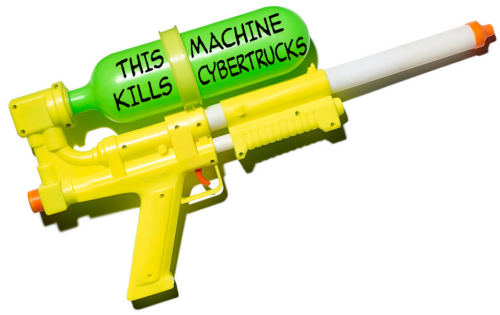Some are speculating that U.S. national security concerns have spooked the Chinese, causing an abrupt halt to many foreign robots being tested on California roads.
Didi is not the only Chinese company that appears to be scaling back autonomous vehicle testing in California, or pulling out entirely.
A DMV spokesperson said that five Chinese-based companies — Baidu Apollo, Pony.ai, WeRide, Didi, and AutoX — drove around 130,000 miles on public roads in California between December 2022 and November 2023.
That’s a significant decline from the previous year, when Chinese autonomous vehicle companies conducted over 450,000 miles of testing. Didi’s vehicles only drove 4,000 miles in 2023, per BI’s calculations.
At least three other Chinese firms — Deeproute.AI, QCraft, and Pegasus Technology — which previously had licenses to test in the state, are no longer listed on the California DMV’s site.
A Deeproute.AI spokesperson told NBC that the company stopped testing in California in 2022.
Chinese-owned firms Nio, Black Sesame, and Xmotors.AI do have permits to test autonomous vehicles in California but did not record any testing activity in the last two years.
As I’ve said widely and repeatedly since at least 2016, China doesn’t need to fire ICBMs at American cities if it can just issue a simple “destroy” command to tens of thousands of road robots (driverless cars).
But on the flip side, the Chinese may worry their most advanced deployments might be embarrassingly unable to win a typical SF street brawl.
Waymo apparently was completely surprised this week when SF’s notoriously colorful Chinatown crowds destroyed their robot.
On that note I personally was in a Tesla in 2016 with three other engineers using SF roads who together 1) disconnected it from the Tesla servers and instead operated the car on a rogue service 2) injected hostile map/navigation data to throw the car off course 3) confirmed trivial and predictable vision sensor flaws (e.g. projected lines that force a “veered” crash into a target).
It was painfully obvious then, as a direct witness to the many security vulnerabilities, that Tesla had produced a remotely controlled explosive death trap that no country should allow on its roads. Yet as much as I gave lots of talks, and spilled lots of ink, I don’t think it made enough of an impression because Tesla kept sending more and more people to their early grave.
We’ve come a long way now with the news from SF that a Waymo robot was just subjected to very public safety test that it almost immediately failed spectacularly. A sense of national security finally may be forming, in as much as the Chinese see California roads no longer as ripe for trivial remote control and exploitation.


